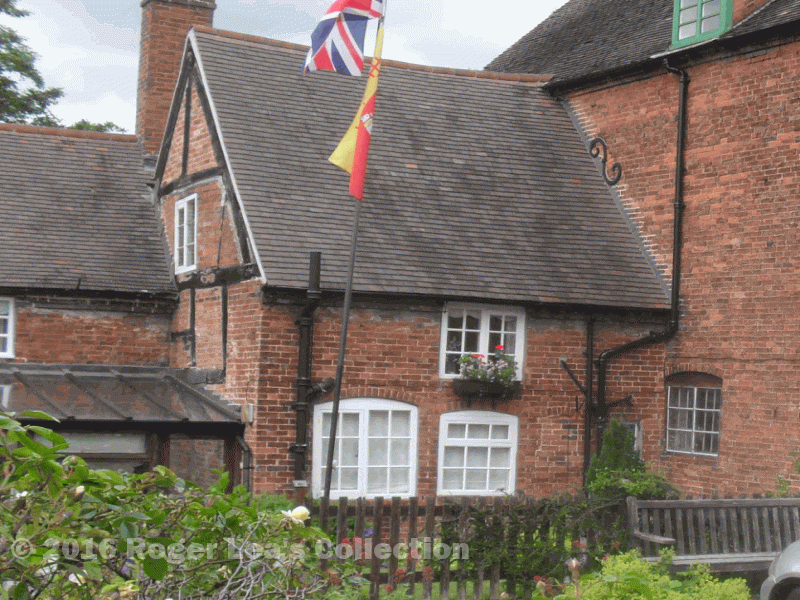A great storm on July 24 1668 caused a flood which broke the dams of Bracebridge Pool and Wyndley Pool, and the Parish Clerk noted in the baptisms section of the parish register “the Flood of water was so great here at Sutton Pool that it flowed over the stone wall at the further end of the dam”. A later writer, Riland Bedford, says that “From that time (1668) the town pools were drained and laid into pasture”. Some say that the town mill, which stood below Lower Parade and relied on water from the pool (of which Lower Parade formed the dam) was destroyed by this flood and never rebuilt, but references to “Widow Goodall of the Mill” in 1671 and “Joan Power the wife of John Power the miller at Sutton Mills” in the 1678 registers show that the mill was still in working order in 1678..
Nevertheless the old town mill was in decline. John Power took on the lease of its thriving competitor, New Hall Mill, in the 1680s, and the old mill ceased production. New Hall Mill belonged to George Sacheverell of New Hall, and was leased to new tenants in 1709. This lease refers to the mill and its cottage as "Late in the occupation of John Powers", but it may have been some years since anyone had lived there, as the cottage is described as "lately pulled down". The site of the cottage is described as a toft, that is, a platform where a building formerly stood, and the lease specifies that Sacheverell shall, before 29th September 1710 "cause to be erected and built and finished upon some place near the said mill a convenient dwelling house necessary and fitting for the use of the said mills.”
The new tenants of New Hall Mill 1709 were two Birmingham bakers, John Holloway and Robert Hicks, “for 21 years at £30 per annum and a pair of capons at Christmas”, and they may have kept Powers on as the miller, but not for long. When George Sacheverell made his will in 1715 at the age of eighty-four, he mentioned Thomas Twamley as the occupier of the mill. Thomas was the first of five generations of Twamleys who were the millers at New Hall, but all of them lived, not at the miller’s cottage attached to the mill, but at nearby New Shipton Farm. Thomas was Sacheverell’s tenant at New Shipton as well as at the mill, but Sacheverell bequeathed New Shipton to his niece’s husband Ralph Floyer of Hints, while New Hall and its mill went to Sacheverell’s great-nephew Charles Chadwick.
No doubt George Sacheverell (through his agent) rebuilt the miller’s house by the end of September 1710 (you can see this building if you visit the mill on one of the open days, Sunday July 10th and Sunday August 14th, entry is free). In 1710 the mill was a single-storey building, and the builder of the miller’s house used the west wall of the mill as the east wall of the house. This wall of the mill was continued upwards to form the upper storey of the house in 1710, and this upper wall was in turn incorporated into the mill when the mill’s upper storeys were built c1790.
So who lived in the miller’s house in 1711? Presumably Twamley (and before him, Powers) employed at least one journeyman miller to operate the mill and live in the miller’s house. Then perhaps successive William Twamleys lived at the mill house and learned their trade before inheriting New Shipton in their turn.
